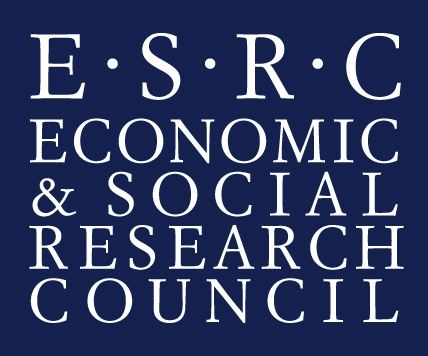New article on detecting biomedical term translations
2015-06-12
We are pleased to announce the publication of a new article on detecting biomedical term translations has been published in the journal PLOS ONE.
Bollegala, D., Kontonatsios, G. and Ananiadou, S. (2015). A Cross-lingual Similarity Measure for Detecting Biomedical Term Translations. PLOS ONE .
Abstract
Bilingual dictionaries for technical terms such as biomedical terms are an important resource for machine translation systems as well as for humans who would like to understand a concept described in a foreign language. Often a biomedical term is first proposed in English and later it is manually translated to other languages. Despite the fact that there are large monolingual lexicons of biomedical terms, only a fraction of those term lexicons are translated to other languages. Manually compiling large-scale bilingual dictionaries for technical domains is a challenging task because it is difficult to find a sufficiently large number of bilingual experts. We propose a cross-lingual similarity measure for detecting most similar translation candidates for a biomedical term specified in one language (source) from another language (target). Specifically, a biomedical term in a language is represented using two types of features: (a) intrinsic features that consist of character n-grams extracted from the term under consideration, and (b) extrinsic features that consist of unigrams and bigrams extracted from the contextual windows surrounding the term under consideration. We propose a cross-lingual similarity measure using each of those feature types. First, to reduce the dimensionality of the feature space in each language, we propose prototype vector projection (PVP)-a non-negative lower-dimensional vector projection method. Second, we propose a method to learn a mapping between the feature spaces in the source and target language using partial least squares regression (PLSR). The proposed method requires only a small number of training instances to learn a cross-lingual similarity measure. The proposed PVP method outperforms popular dimensionality reduction methods such as the singular value decomposition (SVD) and non-negative matrix factorization (NMF) in a nearest neighbor prediction task. Moreover, our experimental results covering several language pairs such as English-French, English-Spanish, English-Greek, and English-Japanese show that the proposed method outperforms several other feature projection methods in biomedical term translation prediction tasks.
| Previous item | Next item |
| Back to news summary page |
Featured News
- ELLIS Workshop on Misinformation Detection - 16th June 2025
- 1st Workshop on Misinformation Detection in the Era of LLMs (MisD)- 23rd June 2025
- Prof. Sophia Ananiadou accepted as an ELLIS fellow
- Invited talk at the 15th Marbach Castle Drug-Drug Interaction Workshop
- BioNLP 2025 and Shared Tasks accepted for co-location at ACL 2025
- Prof. Junichi Tsujii honoured as Person of Cultural Merit in Japan
- Participation in panel at Cyber Greece 2024 Conference, Athens
- New Named Entity Corpus for Occupational Substance Exposure Assessment
Other News & Events
- CL4Health @ NAACL 2025 - Extended submission deadline - 04/02/2025
- Shared Task on Financial Misinformation Detection at FinNLP-FNP-LLMFinLegal
- FinNLP-FNP-LLMFinLegal @ COLING-2025 - Call for papers
- Keynote talk at Manchester Law and Technology Conference
- Keynote talk at ACM Summer School on Data Science, Athens








